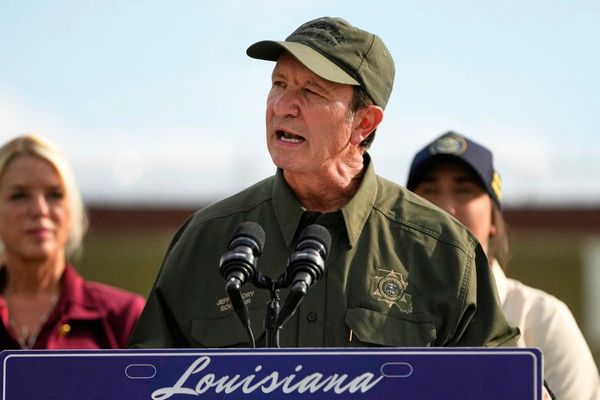An editorial from the Hamilton Spectator, published Jan. 18:
When you're talking about billions of dollars in infrastructure spending, the last thing you want is for the federal government to forget that haste makes waste.
That is why some are reacting with trepidation to news that the Trudeau government is "actively considering" speeding up promised investments in order to stimulate Canada's faltering economy.
Trudeau was elected with a mandate to invest $60 billion over 10 years into infrastructure projects. But during the first term, the plan was to invest $5 billion for two years and $3.45 billion in the final two years of the electoral term.
Canada's economic trajectory has changed since that plan was launched, and now the government and a range of economic experts including the Governor of the Bank of Canada, are stressing the importance of getting infrastructure money "out the door" sooner rather than later in order to at least slow the economic slide caused by low oil prices and a sinking dollar.
Expert opinion is somewhat mixed on whether or not planned or incremental investment in physical infrastructure will have a dramatic impact on a sluggish economy. Rock bottom oil prices are beyond the control of the government, as is the state of the Canadian dollar. The impacts we are feeling now are the result of fundamental restructuring which has to happen, including and especially in resource-dependent provinces like Alberta. But while that diversification and restructuring takes place, we are in for a difficult run.
One thing most experts agree on is that infrastructure projects that are "shovel-ready" or close to it should get top priority. That makes some sense. We saw in 2008 how investments that could quickly be translated into action had more impact than those that had to go through a long and time-consuming pipeline before they translated into activity, jobs and spending.
Here's something we cannot lose sight of. Since the 1950s, Canada has fallen behind on spending to maintain and improve infrastructure by something like $123 billion. Politicians of all stripes have been reluctant to take on debt when necessary to service this need, especially on projects that might span more than one electoral term, thus becoming less valuable as vote candy and more problematic as fiscal baggage. You won't find anyone who will dispute this. It's historical fact and present-day folly.
In the 1950s, Canada spent around three per cent of GDP on servicing roads, public buildings, water systems and ports. By the late 70s that had dropped to 0.4 per cent. That has to change and it might as well be at a time of low interest rates.
The Conference Board of Canada estimates that for every billion spent on infrastructure, 16,700 jobs are created and the GDP is boosted by $1.14 billion. Let's get on with making this happen.
Howard Elliott, Hamilton Spectator, Hamilton Spectator







